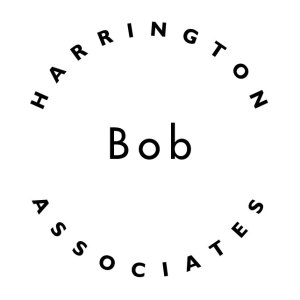According to recent data, more than 25 percent of the U.S. population experiences some type of career transition each year. Unfortunately, many transitions are not successful.
Half of all hourly workers leave new jobs in the first four months, and half of senior outside hires fail within 18 months. Clearly, there is room for improvement.
An important way leaders can combat these challenges is to implement a robust employee onboarding program. Onboarding helps new hires adjust to the social and performance aspects of their jobs so they can quickly become productive, contributing members of the organization.
Best Practices for Onboarding
- Implement the basics prior to the first day on the job.
- Make the first day on the job special.
- Use formal orientation programs.
- Develop a written onboarding plan.
- Make onboarding participatory.
- Be sure your program is consistently implemented.
- Ensure that the program is monitored over time.
- Use technology to facilitate the process.
- Use milestones, such as 30, 60, 90 and 120 days on the job—and up to one year post-organizational entry—to check in on employee progress.
- Engage stakeholders in planning.
- Include key stakeholder meetings as part of the program.
- Be crystal clear with new employees in terms of:
Successful onboarding is a key part of any talent management strategy. With the high cost of recruiting, business leaders must understand that effectively integrating new hires into the organization is an important step to ensure their success.
For a comprehensive primer on the onboarding process, go to:
https://www.shrm.org/about/foundation/products/documents/onboarding%20epg-%20final.pdf
All the information contained here-in was originally published as Onboarding New Employees: Maximizing Success by Talya N. Bauer, Ph.D. © Feb 2011, the SHRM Foundation, Alexandria, VA. Used with permission. All rights reserved.
Bob Harrington Associates has been in the executive search business for over 20 years and can help you find the best people for your business.
